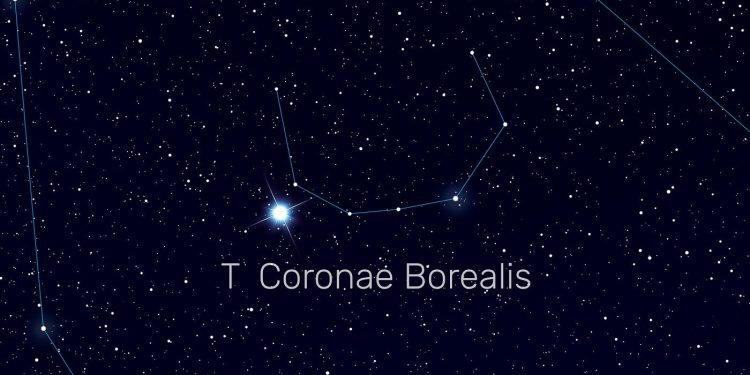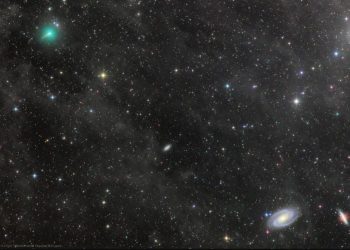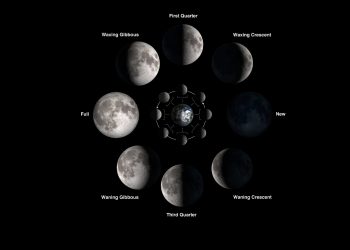For decades, astronomers have eagerly anticipated the moment when T Coronae Borealis, a reoccurring nova known for its breathtaking brightness, erupts once again. This rare celestial event, when a star explodes in a sudden flash of brilliance, has fascinated both professional astronomers and skywatching enthusiasts alike. Yet, as the moment draws nearer, many experts are hoping for a slight delay, explains IFLScience. Why? The timing couldn’t be more inconvenient.
Currently, the Sun is moving into the zodiac constellation of Libra, which is positioned dangerously close to Corona Borealis. This means that if the much-awaited explosion occurs now, it will be obscured by the Sun’s brightness, making the event virtually invisible from large parts of the Earth.
Understanding the Fascination Behind Novae
Novae, although overshadowed by their more famous counterparts, supernovae, are still an incredible phenomenon. These eruptions occur when a white dwarf star, in close proximity to a larger companion (often a red giant), draws gas from its neighbor due to its immense gravitational pull. When enough gas accumulates, a powerful fusion reaction ignites, causing the star to flare up dramatically.
Unlike their more unpredictable cousins, some novae repeat their outbursts over time. However, many are located so far away that even at their peak brightness, a telescope is necessary to observe them. T Coronae Borealis, affectionately called the “Blaze Star,” stands out because it gets bright enough to be seen with the naked eye, even from suburban areas. However, this spectacular event only happens roughly every 80 years, with known eruptions in 1866 and 1946. There are also historical records that suggest earlier explosions occurred in 1217 and 1787.
Anticipation and Frustration in Equal Measure
This year, excitement reached fever pitch after Professor Bradley Schaefer of Louisiana State University predicted that the next explosion would occur between February and September of 2023. News of the impending event spread rapidly, with millions of people worldwide eagerly awaiting the sight of this dazzling cosmic firework. But as time passed, it became clear that the prediction, while well-reasoned, was not a certainty.
As Dr. Gerard van Belle from the Lowell Observatory explained, predictions in astronomy can either be incredibly precise or highly uncertain. In this case, the explosion could happen “any day now” or could still be a year away. Despite the prediction window closing without an explosion, many astronomers remain confident that the event is imminent.
A Complicated Situation for Astronomers
The anticipated nova could be a once-in-a-lifetime opportunity for both professional and amateur astronomers. For those observing from the ground, the explosion of T Coronae Borealis could transform the night sky for up to a week. For researchers, it would offer an invaluable chance to study the intricate processes of a recurring nova, something that was not possible with the technology available in 1946.
However, the timing is far from ideal. T Coronae Borealis is currently located so close to the Sun that it is barely visible from the Southern Hemisphere. Even in the Northern Hemisphere, where most of the world’s largest telescopes are located, the nova is frustratingly low in the sky, only visible for a brief period during twilight. For optimal visibility, viewers would need to travel far north — to locations well beyond the reach of the best astronomical observatories.
Patience is Key
With the star’s next explosion likely being imminent, astronomers are holding their breath, but many are also hoping for a little more time. If the nova waits until early next year, the Sun will have moved away, and the blaze will be visible across much of the planet. While the world watches and waits, one thing remains certain: when T Coronae Borealis finally erupts again, it will be an unforgettable moment in astronomy. Until then, patience is the name of the game.











